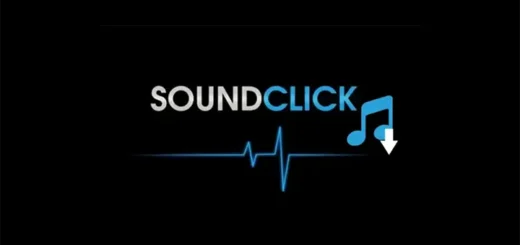How to make Lo-Fi music

Lo-Fi, short for “low fidelity”, is a subgenre of electronic music characterized by its raw, imperfect and nostalgic sound. It is often associated with home studio culture and do-it-yourself aesthetics.
In this article, we’ll explore how to create your own Lo-Fi music, from the fundamentals of music theory to the most advanced production techniques. We’ll guide you through every step of the process, from selecting the right tools to creating an authentic Lo-fi atmosphere.
Key Features of Lo-Fi Music
Simplicity: Lo-Fi songs usually have simple arrangements, with a limited number of instruments. This creates a feeling of space and allows each element to stand out.
Slow tempos: Lo-fi beats are usually slower, between 60 and 90 BPM. This creates a feeling of relaxation and calm.
Warm, saturated sound: Lo-Fi music is often characterized by a warm, saturated sound. This can be achieved using techniques such as analog recording, using overdrive effects and compression.
Samples and Textures: Samples and textures are common elements in Lo-Fi music. They can be used to set moods, add rhythmic interest or simply add a touch of nostalgia.
DIY Aesthetic: Lo-fi music is often associated with a DIY (do it yourself) aesthetic. This is reflected in the music itself, which often has a raw and imperfect sound, as well as the way it is produced, which is usually in home studios with simple equipment.
Tools for creating Lo-fi music
DAW (Digital Audio Workstation): A DAW is essential software for music production. It allows you to record, edit and mix your music. There are many different DAWs available, both free and paid. (Free DAW)
Instruments: You can use real or virtual instruments to create your Lo-fi music. Some common instruments in Lo-fi music include pianos, guitars, basses, and drums. (Free Instruments)
Samples: Samples are a great way to add interest and texture to your Lo-fi music. You can find free samples online or create your own. (Free Samples)
Effects: Effects can be used to enhance the sound of your Lo-fi music. Some common effects in Lo-fi music include overdrive, reverb, and delay. (Free Effects)
Lo-Fi production techniques
Analog Recording: Analog recording can add a warm, rich sound to your Lo-fi music. You can record to tape or use plugins that simulate the sound of analog recording.
Saturation: Saturation is an effect that adds distortion to your sound. It can be used to create a thicker, fuller-bodied sound. (Free Saturators)
Reverb: Reverb is an effect that simulates the sound of sound bouncing around a room. It can be used to create a sense of space and ambiance. (Free Reverbs)
Delay: Delay is an effect that repeats the sound with a slight delay. It can be used to create rhythmic interest and complex textures. (Free Delay)
The evolution of Lo-Fi
Lo-fi has gone through several stages of evolution since its beginnings in the 1950s. In its early years, it was primarily associated with experimental and avant-garde music. However, in the 1980s, it began to gain popularity among independent musicians as a way to create more raw, authentic-sounding music. In the 1990s, Lo-fi experienced a resurgence with the rise of the “chillwave” movement, which was characterized by its use of synthesizers, samples, and retro aesthetics. Today, Lo-fi is a popular genre with a large global audience.
The impact of Lo-Fi
Lo-fi music has had a significant impact on popular culture. It has been used in a variety of contexts, including films, television, video games, and advertising. It has also inspired a new generation of musicians to create their own Lo-fi music. Lo-fi is a constantly evolving genre that continues to inspire and captivate listeners around the world.
Lo-Fi subgenres
Lo-Fi is made up of various subgenres, each with their own unique characteristics. Some of the most popular subgenres include chillwave, beat tape, vaporwave, and lofi hip hop.






